Different Types Of Curbs Around The World
Here’s a fun fact: curbs didn’t become common until the 18th century. Before then, the most common way to separate the street from the pedestrians was with small wooden posts (called bollards).
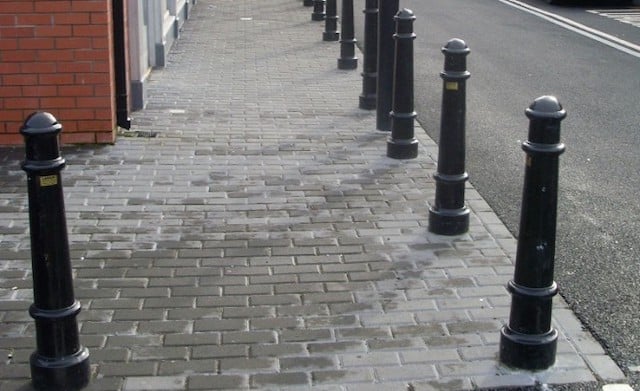
Image Credit: LarkinEngineering
A series of Paving Acts in London in the 1700s made curbs common across the city. It set the pace for the rest of the world. Soon enough, curbs became common around the world. The United States adopted curbs during the Industrial Revolution (late 1700s/early-mid 1800s).
During the last few centuries, curbs have evolved a lot. Today, there are many different types of curbs around the world. Let’s talk about a few of the most common ones:
1. Barrier/Straight Curbs
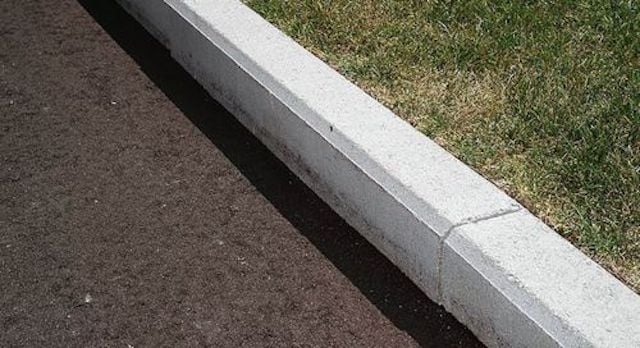
Also called a straight curb, a barrier curb has a simple design. It’s a raised curb that serves as a barrier to restricted places. Its design prevents vehicles from driving into lawns, sidewalks, parks, or another type of restricted place. These curbs also block the direct flow water onto sidewalks and lawns. You’d commonly find barrier curbs bordering roads. In fact, barrier curbs are the most common curbs around the world.
Not all barrier curbs have the same design.
- Some barrier curbs have flat edges (90-degree edges)
- Some barrier curbs have rounded edges, but the sides are straight
- Some barrier curbs feature a rounded design
It’s common for barrier curbs to come with recessed parts (called curb cuts). This is especially common at the end of driveways or sidewalks. These recessed parts make it easier for:
- Vehicles to enter or exit a driveway
- Pedestrians, bicyclists, rollerbladers, wheelchair users, etc. to cross a street
2. Rolled Curbs
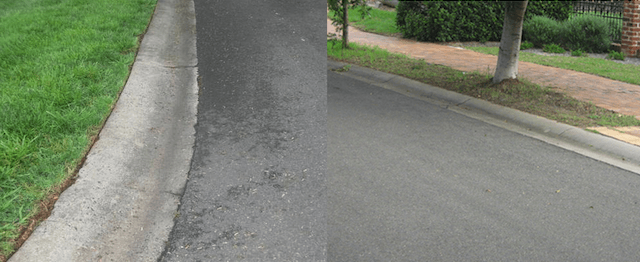
Rolled curbs are a type of barrier curb. Yet, they’re different. Rolled curbs serve three purposes:
- Act as a barrier between roads and other areas (the same purpose as a barrier curb)
- Provide an easy, yet potentially damaging, way to enter and exit driveways
- Developers save money by not adding curb cuts for each driveway
That means rolled curbs don’t come with any curb cuts. They remain the same throughout. Barrier curbs are nearly impossible to drive over. Rolled curbs are a little easier to drive over. It’s because rolled curbs have a rounder, more slanted design.
Rolled curbs may be easier to drive over than barrier curbs. Yet, they still can damage your vehicle. For example:
- Rolled curbs can mess up your vehicle’s alignment
- Rolled curbs can damage your vehicle’s drive shaft
- Rolled curbs can damage your vehicle’s front splitter
- Rolled curbs can damage your vehicle’s underbody
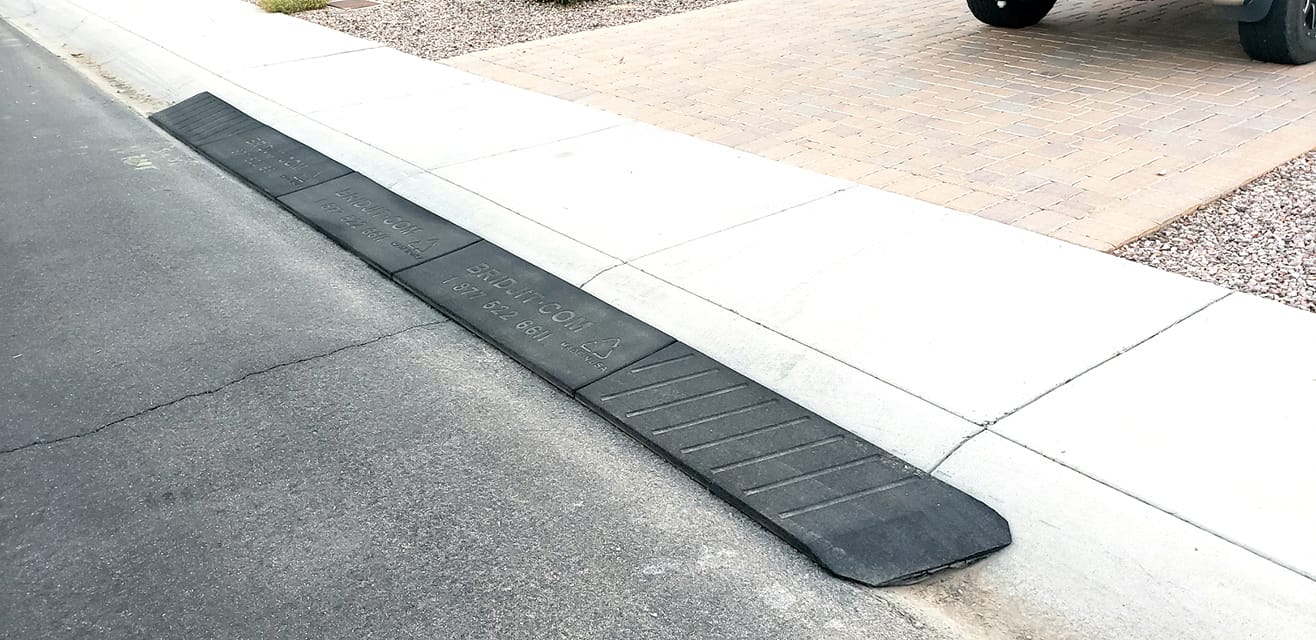
If you have a rolled curb at the end of your driveway, it’s smart to invest in curb ramps. A good quality curb ramp (like BRIDJIT curb ramps) will ease or cut the curb’s negative impact on your vehicle.
To read more about what rolled curbs are (and see what they look like), check out this post.
3. Mower Curbs
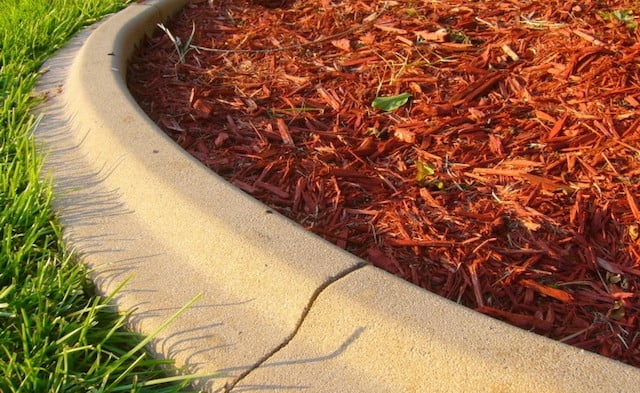
You would find mower curbs in yards and parks, rather than on the side of a road. Mower curbs serve the same purpose as barrier curbs, but they sport a different design. A mower curb separates the lawn from flower beds, gardens, and other areas within a yard or park.
A mower curb has a decorative design that’s also very practical. Half of the curb is flat, and half is raised. The flat part borders the lawn, while the raised part borders the other area. It looks nice, and it makes it quite easy for lawn mowers to cut the grass next to the curb. The blade can come close to the curb and cut the grass without either:
- Damaging the curb
- Leaving the lawn around the curb uncut
- Ruining the flower bed or top soil
4. Monolithic/Integral Curbs
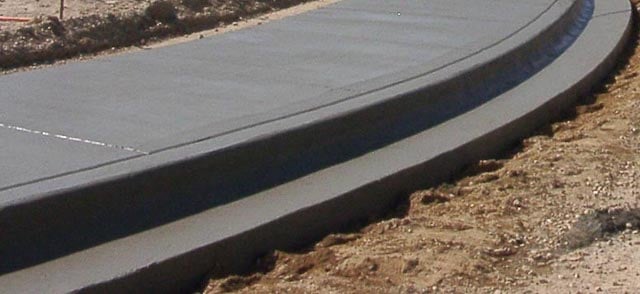
Image Credit: EasiPour
Monolithic curbs have a sleeker, more “streamlined” look than regular barrier curbs. They’re fused together with the road and/or the sidewalk. This comes with several benefits:
- It creates more durability for the road’s surface
- It creates a smoother transition into the road
- Larger vehicles can pass without damaging the foundation or internal structure
- Monolithic curbs last longer than regular curbs because there’s no water penetration in the joined areas
Monolithic curbs are more common in upscale areas.
5. Sloped Curbs
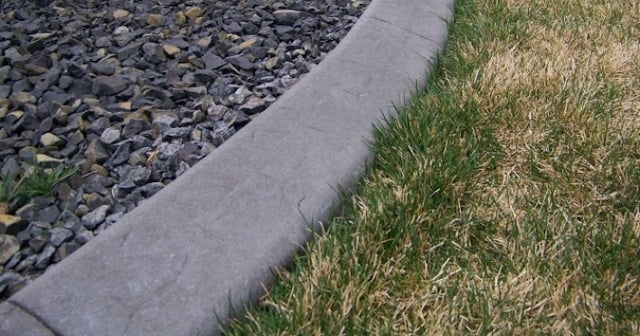
Slanted curbs are one of the few curb designs that are purely cosmetic. They don’t serve any real purpose, except to spruce up a property’s appearance. Of course, slanted curbs separate two different areas (such as a road from a yard). Yet, they’re more of a creative design decision than a functional decision.
A slanted curb is a somewhat thin ribbon of concrete that slants at an angle toward one of the areas. If there’s a slanted curb separating a parking lot from a yard, the curb almost always slants toward the yard.


